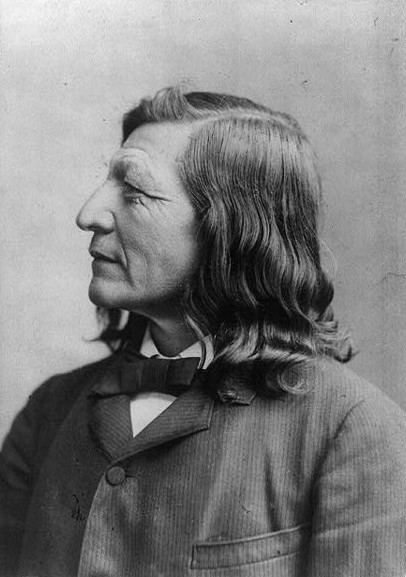 | ||
The Indian Actors Association was formed around 1936 and was a non-profit Hollywood based organization. They formed after and were influenced by the War Paint Club, an organization meant to protect rights of Native American actors. Additionally, driven by the Hollywood practice of casting non-native actors as Indians in films, the Native actors working in Los Angeles at the time seized their opportunity to establish a pool of “authentic” Indian actors to work in film. Their goal was also to keep Indian portrayals and culture from being misrepresented or warped. The Indian Actors Association fought for equality and employment for Indian actors at a time when they were not seen as important or equal. The country’s economic depression and the Western movie hiatus left many Indian actors unemployed, which caused depression and poverty on the reservations resulting in many Indians looking for employment elsewhere.
Contents
Background
Due to the economic depression, coupled with a shift in movie genre popularity and racial discrimination in employment Indian actors struggled to find work. Indian actors were only hired if they were Los Angeles-based, and even if the main role was an Indian role, Indian actors would only get hired for smaller roles.
There were very few leading roles for Indian actors, and even when it came to small parts and extras Indian actors had to compete against other actors who were impersonating Native Americans. Indian Actors found themselves competing against Syrian, Arab, Latino, and American actors for parts designed for Indian actors. By using make-up, braids, tanner, and dark hair actors pretended to be Indian and convinced film studios to give them Indian parts. This obviously did not sit well with Indian actors because a lot of the jobs they were trying to get were given to pseudo-Indians.
Since most of the Native American roles were played by actors of other cultures that were pretending to be Native American a lot of Native American culture and dialect was misrepresented in films. Indian dialect was often represented, as grunts, which made them, sound unintelligent. This was obviously not accurate and Indian actors were not happy with how they were misrepresented. They even set up programs to teach studios about Indian dialect and culture.
Indian actors were also unhappy with the difference in pay between them and non-Indian actors. Non-Indian extras made eleven dollars an hour while Indian extras would only make five dollars and fifty cents an hour. Studios would also use Indians off of reservations so that they would not have to pay them as much if they even paid them at all.
The Indian Actors Association, which was affiliated with the screen actors guild, was created in an attempt to correct the inequality Indian actors were facing and to change misrepresentations of Indians seen in films.They demanded that only “real” Indians play Indian roles, and suggested that studios use Indian technical experts. This would help eliminate misrepresentations and teach studios about Indian dialect and pictography. The Indian Actors Association criticized pseudo-Indian actors because they misrepresented action and dialect of Native American’s. Every time the spoke they sounded like morons or just grunted.
The association established a closed shop agreement for Indian affiliated members.
Founder
The Indian Actors Association was first led by Luther Standing Bear from the Lakota (Sioux) Tribe. He was an outspoken and an author, activist, and performer. He believed that western stories misrepresented Indians so he used his standing in Hollywood to try to change the way audiences saw Indian representations. His younger brother Henry Standing Bear also ran an Indian activist group, the Society of American Indians. The group put on plays and pageants representing historical truth and ethnological accuracy. Standing Bear led the Indian Actors Association until his death in 1939. After his death the association was led by many Treaties and Bill Hazlet, a Blackfeet Indian and actor. He was also always one of the chairmen of the Indian Actors Association.
Accomplishments
The Indian Actors Association was eventually successful in achieving a lot of their goals and raising awareness about Indian representations. They were able to get the wage difference for Indian extras compared to other actors to be eliminated. Indian extras were eventually paid the equal eleven dollars and hour. The Indian Actors Association was also able to empower Indians and spur formation of reform groups. Many Indian actors shared the belief that the best way to address the struggle of Indian actors in Hollywood was to become a part of Hollywood to set the record straight. One of these groups was National League for Justice to American Indians (NLJAI). The association created a book, Screen Land’s First Americans. The book was filled with twenty unnumbered pages of paintings and portraits of chiefly Indian actors. The book features the officers, directors and lady auxiliary of the Indian Actors Association.
The Indian Actors Workshop was another group built on the foundation of the Indian Actors Association. Founded by Jay Silverheels, best known for playing Tonto on The Lone Ranger, the Indian Actors Workshop trained Indians for roles in film and television. Similar groups continued to form well into the 1980s.
The Indian Actors Association was able to function as a support group and provided subsistence funds for out of work Indians. They were able to raise these funds through membership dues, powwows, and performances for local clubs and organizations.
